
views
KOCHI: It was around midnight. One was in deep slumber exhausted after the previous day’s mountaineering. Though too weary to open the eyes, we saw ourselves at the Armenian border from Iran where our bus was waiting for visa stamping.An Iranian immigration officer issued an exit stamp. Thus, we moved to the Armenian border. One could see the small tent with the Armenian flag fluttering in the moonlight. We took the camera and captured some images. Since the visibility of the flag was dimmed due to the darkness we used the flash to make it more visible.Just as we were shooting, all of a sudden, a few Armenian soldiers came and asked us to follow them. It proved to be a mistake. This became clearer when we read the graffiti pasted there - ‘Photography Prohibited’.Nobody spoke English and we waited patiently for the officer who was to meet us. An hour passed, our bus left, while we were left stranded at the spot. A bit later, the officer arrived and examined the camera. We showed him the pictures and deleted the photos we had taken. He wasn’t keen anymore that we cross the border.Just one photo was threatening to ruin our travel plans. We came back and sat at the Iranian border. It was around 2 am. There were no buses, no cabs. The time was moving at a snail’s pace in the absence of any activity around. So we decided to head for Jolfa in Iran via a taxi. From Jolfa, after spending an hour, one reached Tabriz.We found a hotel room, costing $30 per day with complementary breakfast. We did not know anything about Tabriz as it had never figured in the iternary. We called up Farah, a friend who lived in Meagan. She too did not know much about Tabriz, located as it is in the last tip of the North Iran.Yet, in half an hour she called back saying that a few of her friends would pick us up and show us around. Fifteen minutes later, we see two beautiful girls - Mona and Laden-- at our place in a Peugeot 307 car. Mona spoke moderate English and both were artists. They showed us all the interesting places in Tabriz, and truly saved us from what would have been two days of drudgery.Through them we met Ali and Yahaya, both management students. Also, Seema, Mariyum and Sogan who studied in Tabriz University. Sogan and Seema could speak English well. Sogan who taught English in Tehran had plans to do her PhD in the US. Seema on the other hand was learning French so she could migrate to Canada.One saw that all of them had a dream, but were frustrated and felt stuck in their country. The Iranian government’s mismanagement had turned everyone we met against it.In Iran, almost 70 per cent of the youngsters are moderate alcoholics. Beneath their burqas is a Levis jeans or Adidas T-shirt. It was time to bid adios. Ali and Yahaya hugged and promised to see us again.If one goes by what BBC and CNN tell you, Iran is one of the most dangerous places in the world. We certainly didn’t feel that way. The people are as normal as everyone else, with the usual hopes, fears and expectations.Most of them are Shia Muslims.We took a taxi from Falkeye to Meagan to meet Farah, forty kilometers far away from Tehran. She spoke English well, and worked as a teacher in a government school. She watched a lot of Indian films, dubbed in Persian and had access to almost all western channels from the satellite dish.“It is banned in Iran, but everyone uses the satellite dish,” she tells us.The day ended with Farah taking us to her house, where her family hosted a nice dinner party, with fish and rice prepared in Iranian style. She arranged a taxi to Tehran for ourdeparture. The light music of Shahyar Ghanbari followed from the stereo.










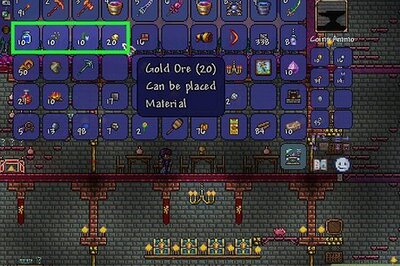
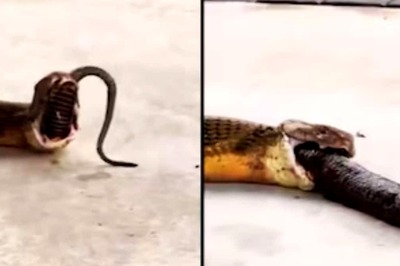



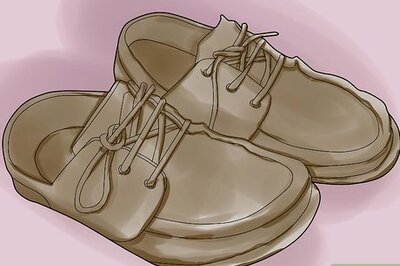
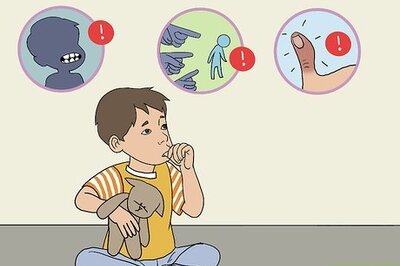
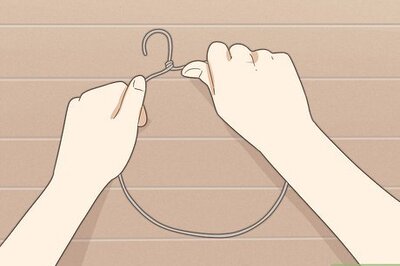

Comments
0 comment